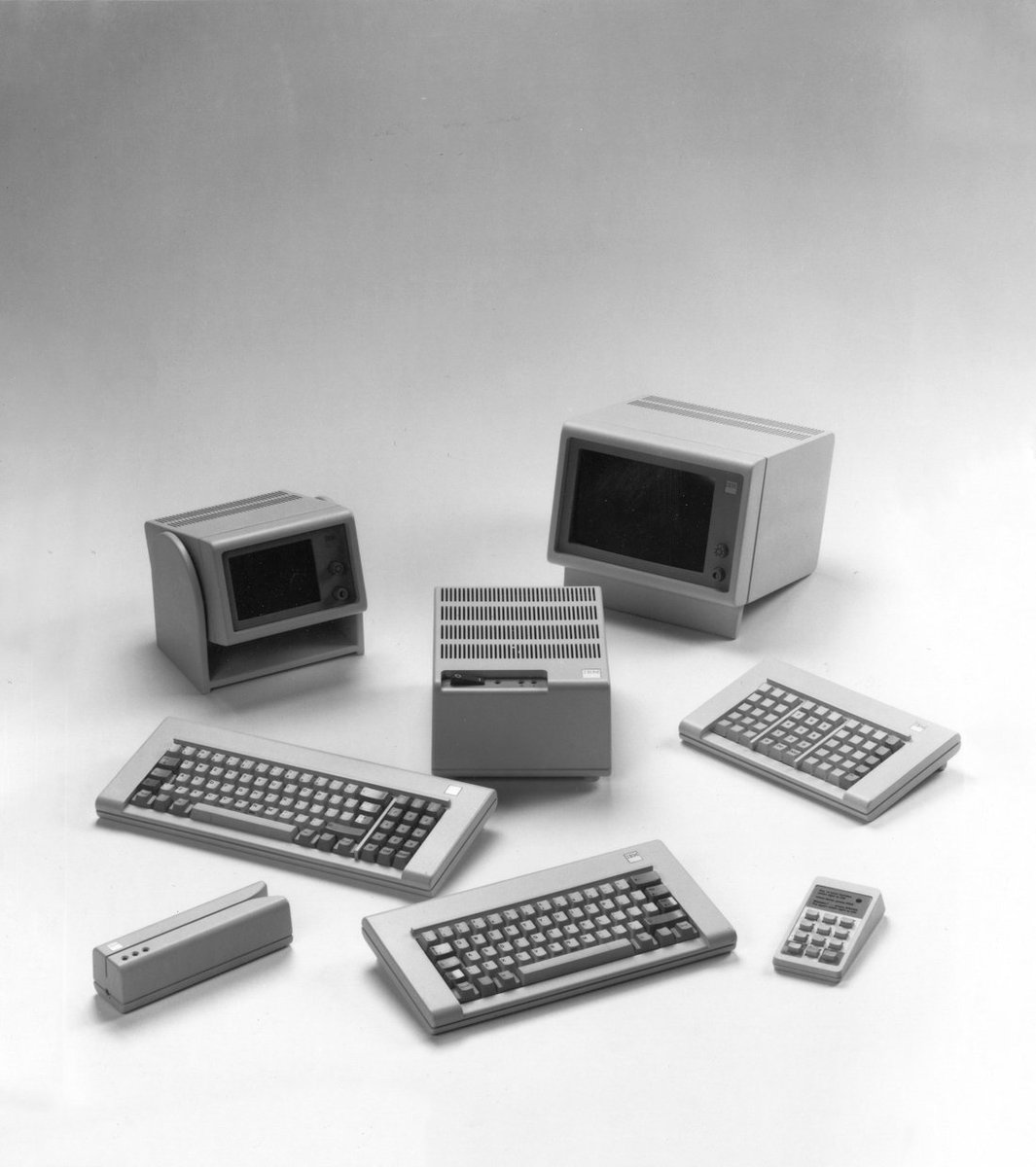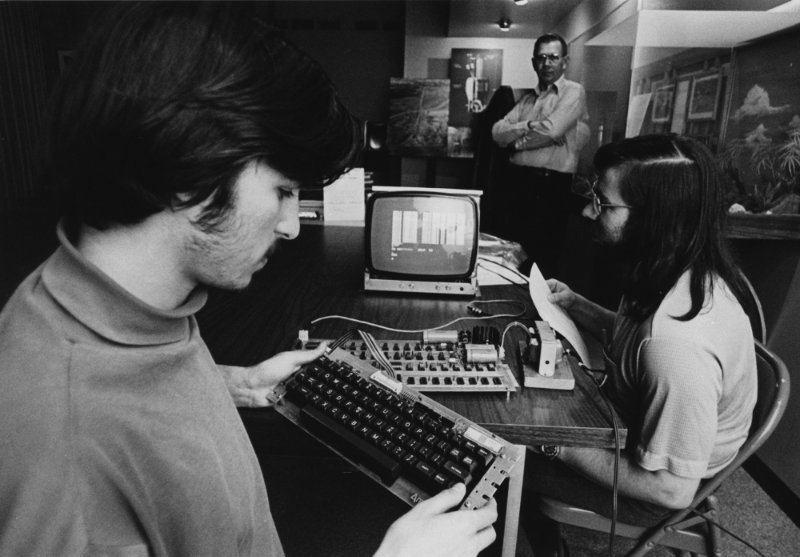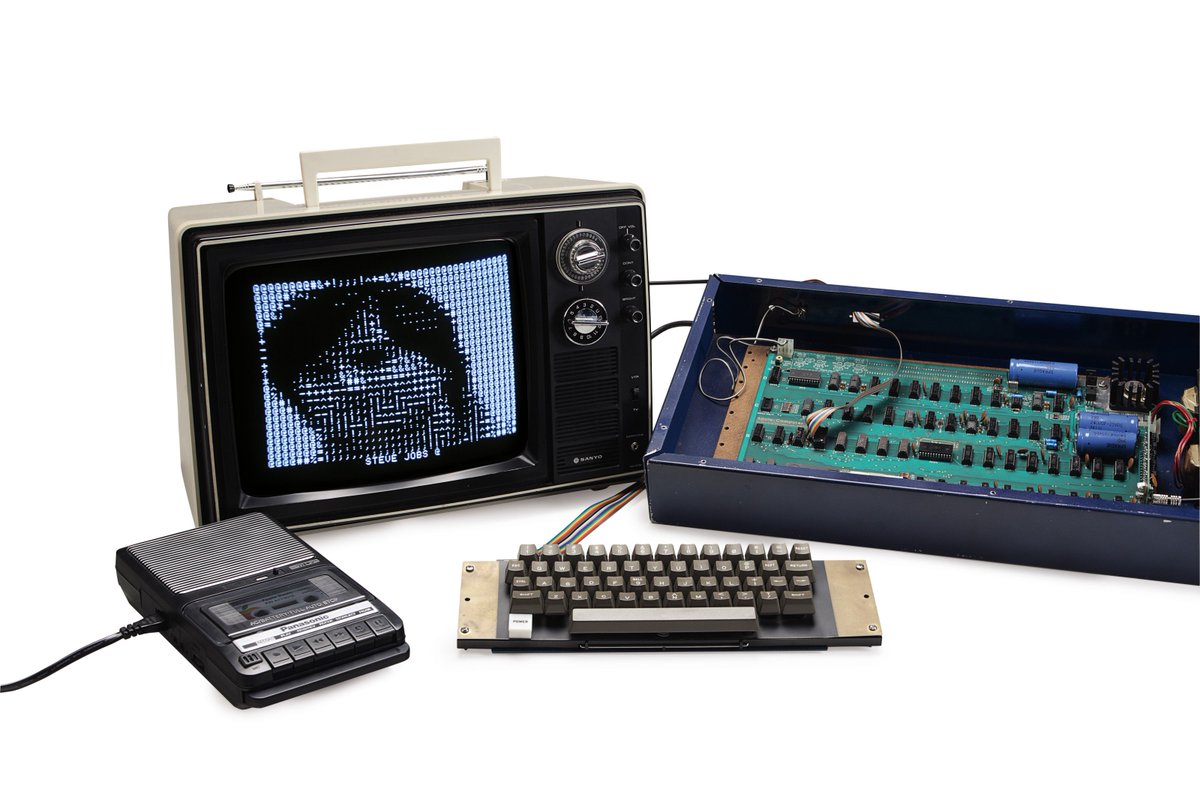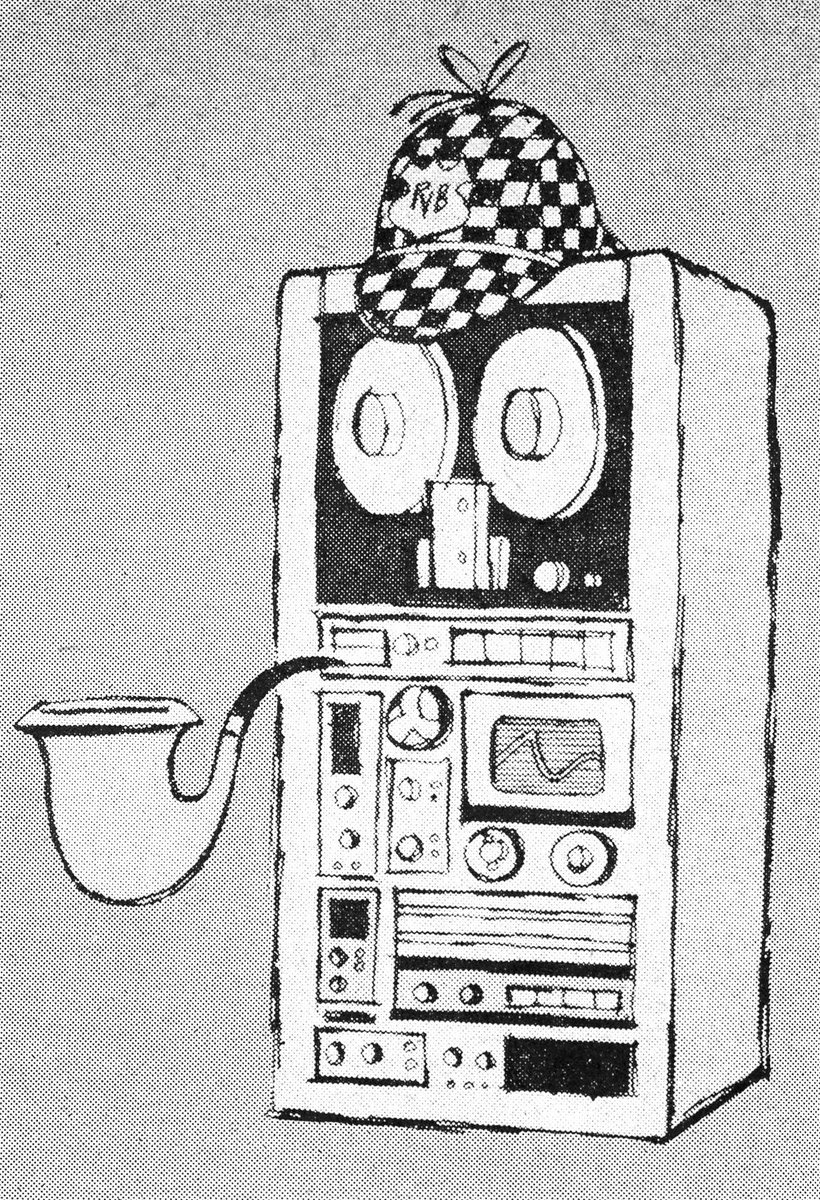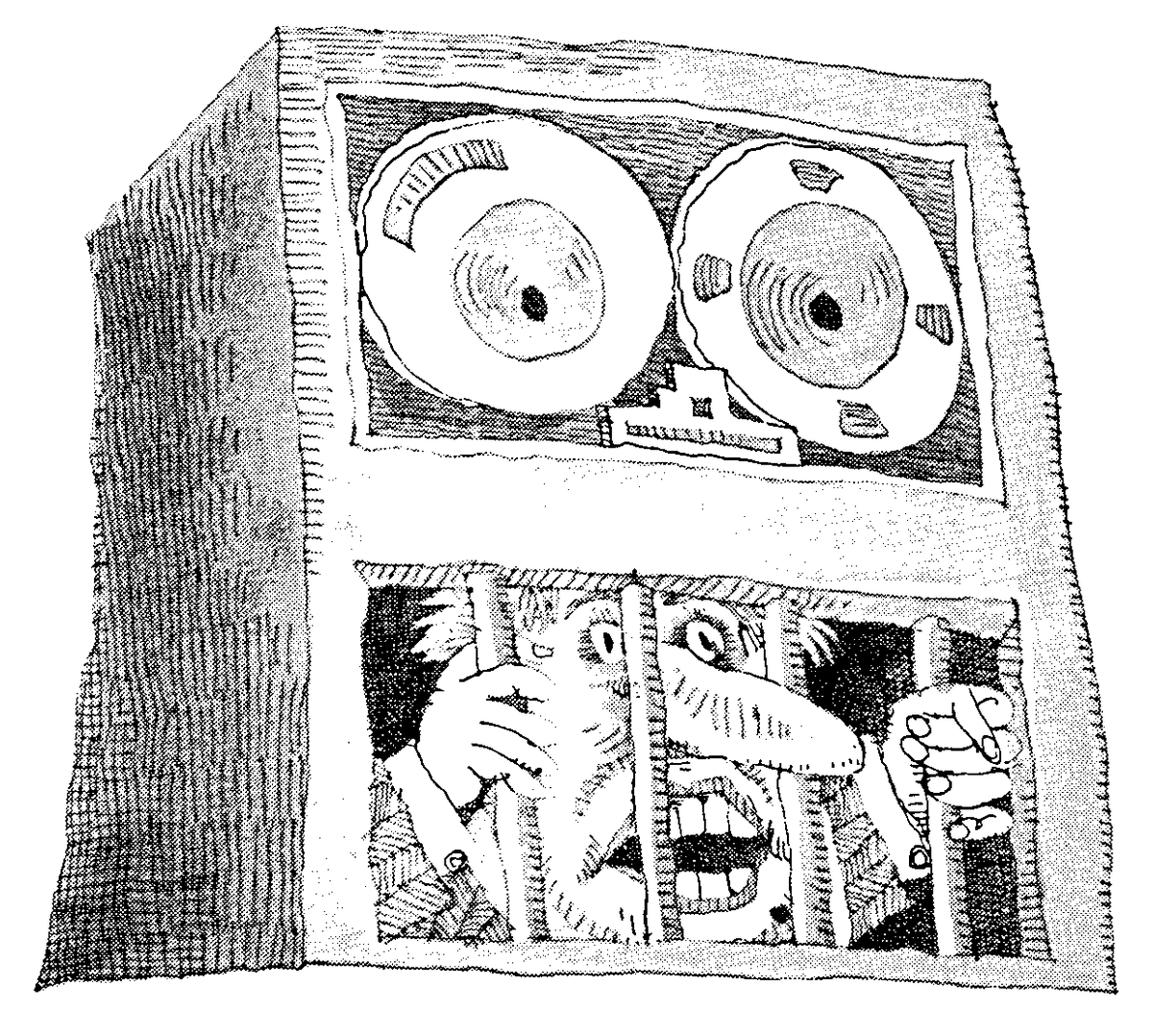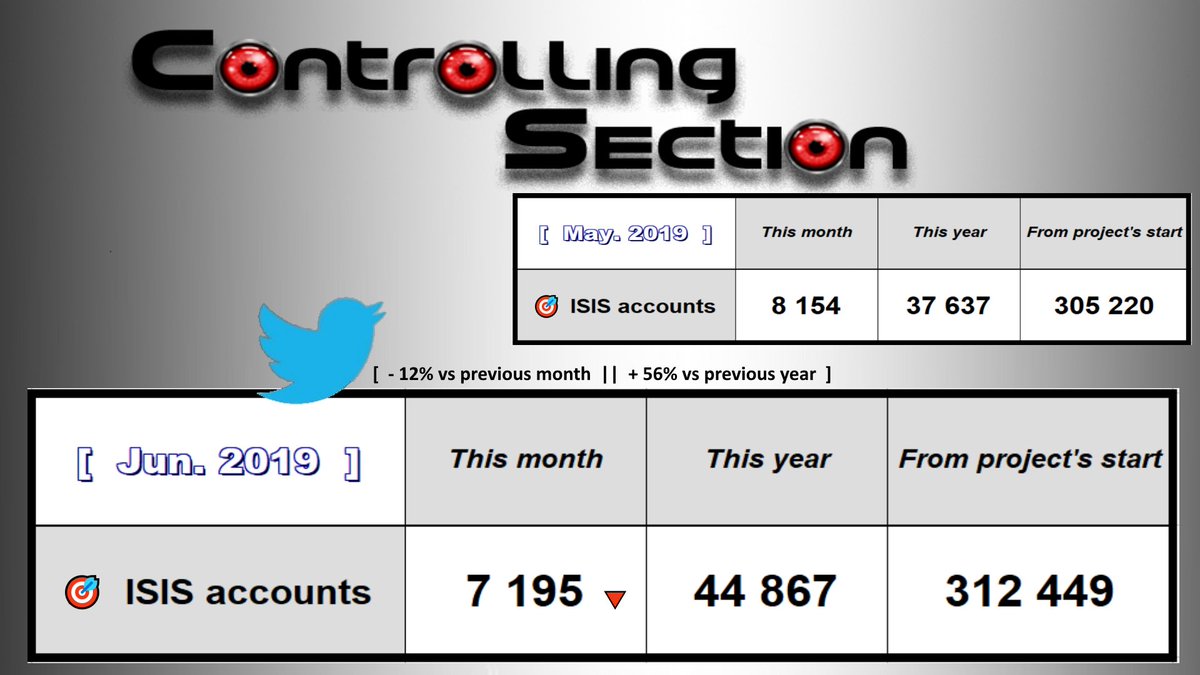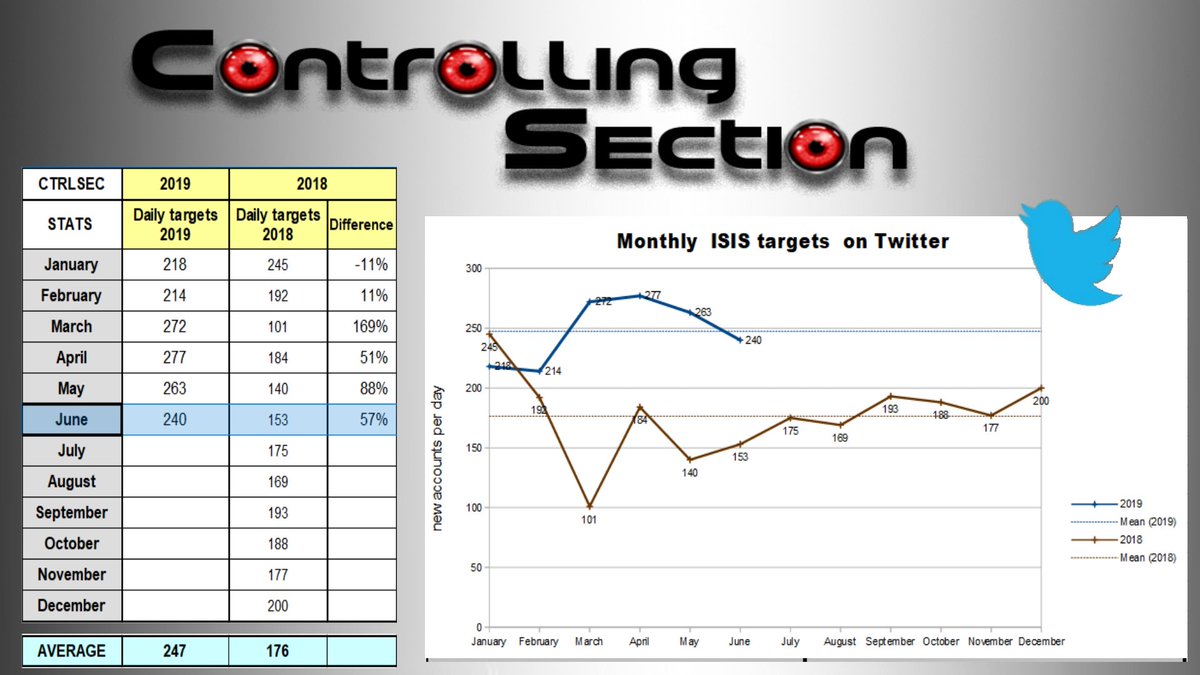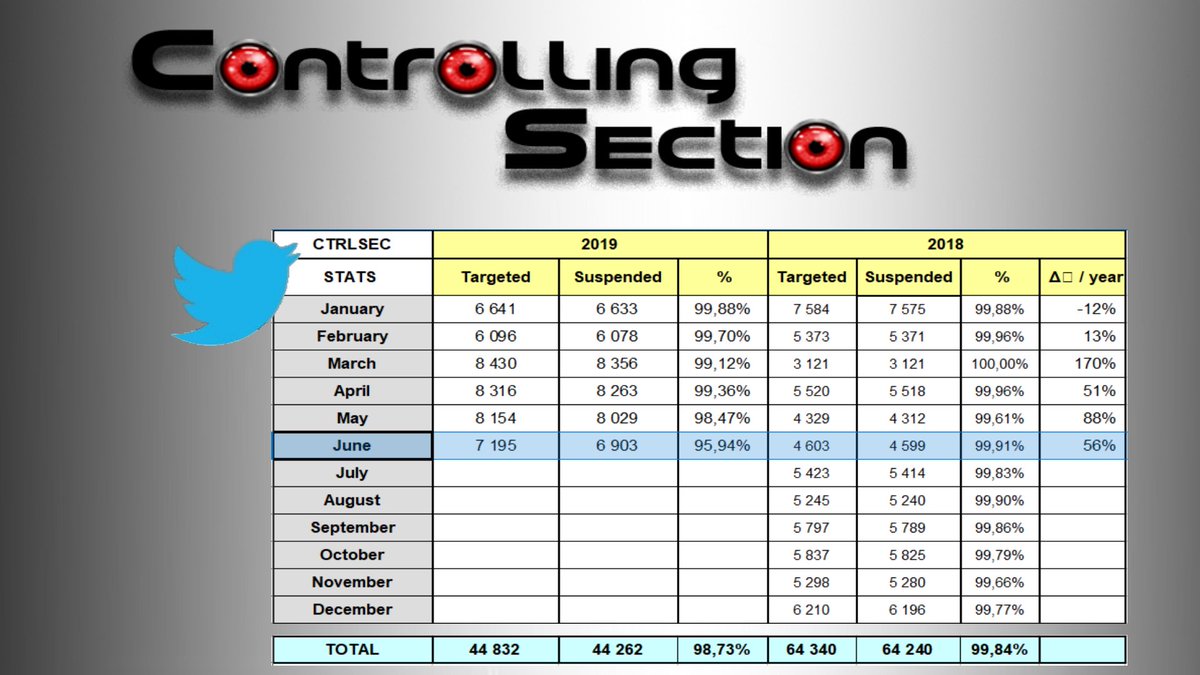I’m glad you decided to join me on this impromptu tour of a somewhat forgotten era of computing: the time when Screens Were Expensive – and so computers had no choice but to use smaller screens, small screens, and even ridiculously tiny screens.
Shall we…?
But seriously, I found all of these in my research of keyboards, so I thought it’d be fun to share this parallel track!



























































